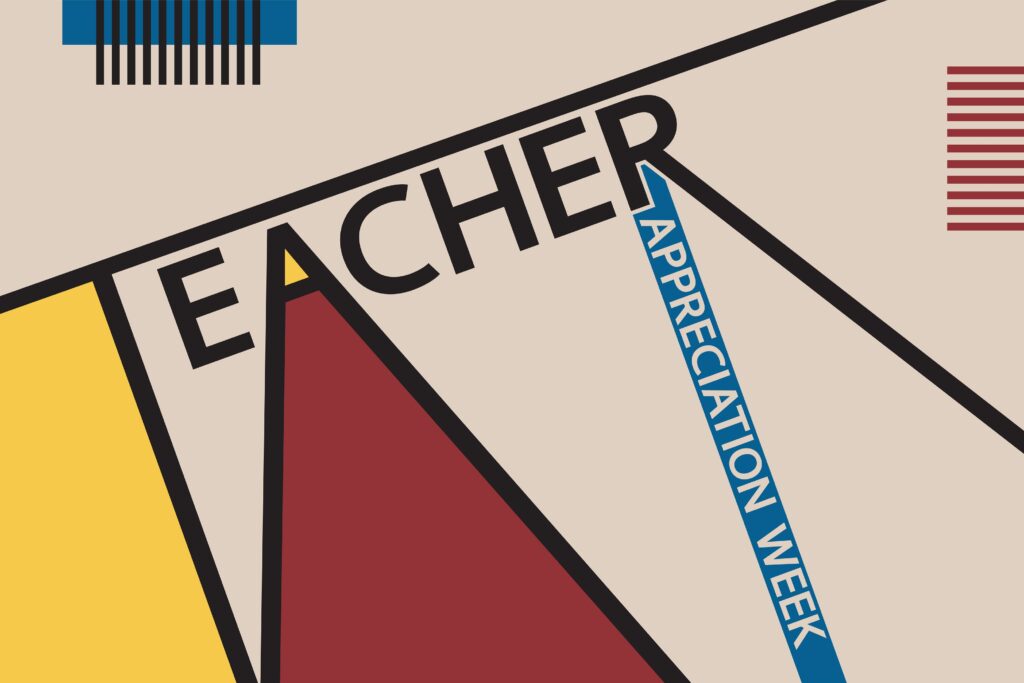This week in the United States is Teacher Appreciation Week. Since 1984, National PTA has designated one week in May as a special time to honor the men and women who lend their passion and skills to educating our children. Did you know that we have had US presidents who have also been teachers? Let’s learn a little about them and their role in history!
After graduating from Harvard at age 19, John Adams taught in a Latin school, a one-room schoolhouse, in Worcester, Massachusetts. He taught school to earn money to pay for his legal education. John Adams was the first Vice President of the United States under George Washington and was also the second President of the United States. His son, John Quincy Adams, was as a professor at Harvard University from 1806 to 1809, and he also lectured at Brown University, where he taught oratory and logic. John Quincy Adams was the sixth president of the United States.
Millard Fillmore worked as an elementary teacher while clerking for a county judge. He taught to help pay for his law school tuition. In 1819, when he was 19 and attended a school for several months, Fillmore fell in love with and married the teacher, Abigail Powers, who was two years older. Millard Fillmore was the thirteen president of the United States.
One of the first jobs James Garfield had was as a part-time teacher in rural schools in Ohio. He was paid $12 a month and board. Garfield then moved on to teach penmanship at the North Pownal Academy and also at the Western Reserve Eclectic Institute in Ohio. James Garfield served as the twentieth president of the United States.
Coincidentally, Chester Alan Arthur also taught at the North Pownal Academy. After graduating from Union College, Arthur spent several years teaching school and studying the law until he passed his bar exam. Chester Alan Arthur became the twenty-first president of the United States in 1881 after James Garfield’s assassination.
After his father’s sudden death, 16-year-old Grover Cleveland became a teacher at the New York Institute for the Blind in Manhattan in order to support his family. He then decided to pursue a law degree. Grover Cleveland became the twenty-second and twenty-fourth president of the United States.
Between 1896 and 1900, William Howard Taft was the first dean and a professor of constitutional law at the University of Cincinnati. After failing in his 1912 re-election bid, Taft became the Chancellor Kent Professor of Law and Legal History at Yale Law School. William Howard Taft served as the twenty-seventh president of the United States and was also the chief justice of the US Supreme Court.
After graduating from Princeton University, the University of Virginia Law School, and Johns Hopkins University, Woodrow Wilson entered into a prestigious academic career. Before he went into politics, he was named president of Princeton in 1902. Woodrow Wilson was the twenty-eighth president of the United States.
As a student at Southwest Texas State Teachers College, Lyndon Baines Johnson was assigned to a tiny school in Cotulla, Texas. Johnson was the president who passed the Elementary and Secondary Education Act to help end educational inequity. Lyndon Baines Johnson served as the 36th president of the United States from 1963 to 1969, after previously serving as the 37th vice president from 1961 to 1963 under President John F. Kennedy.
From 1992 until his election to the US Senate in 2004, Barack Obama served as a lecturer at the University of Chicago Law School. He was a first a lecturer from 1992 to 1996, and then a senior lecturer until 2004. Barack Obama served as the 44th president of the United States.
Teacher Appreciation Week is a week for everyone to show all teachers just how much they are appreciated! How will you take time for yourself or to recognize other teachers this week?
Curious about the NCTE and Library of Congress connection? Through a grant announced by NCTE Executive Director Emily Kirkpatrick, NCTE is engaged in ongoing work with the Library of Congress, and “will connect the ELA community with the Library of Congress to expand the use of primary sources in teaching.” Stay tuned for more throughout the year!
It is the policy of NCTE in all publications, including the Literacy & NCTE blog, to provide a forum for the open discussion of ideas concerning the content and the teaching of English and the language arts. Publicity accorded to any particular point of view does not imply endorsement by the Executive Committee, the Board of Directors, the staff, or the membership at large, except in announcements of policy, where such endorsement is clearly specified.

